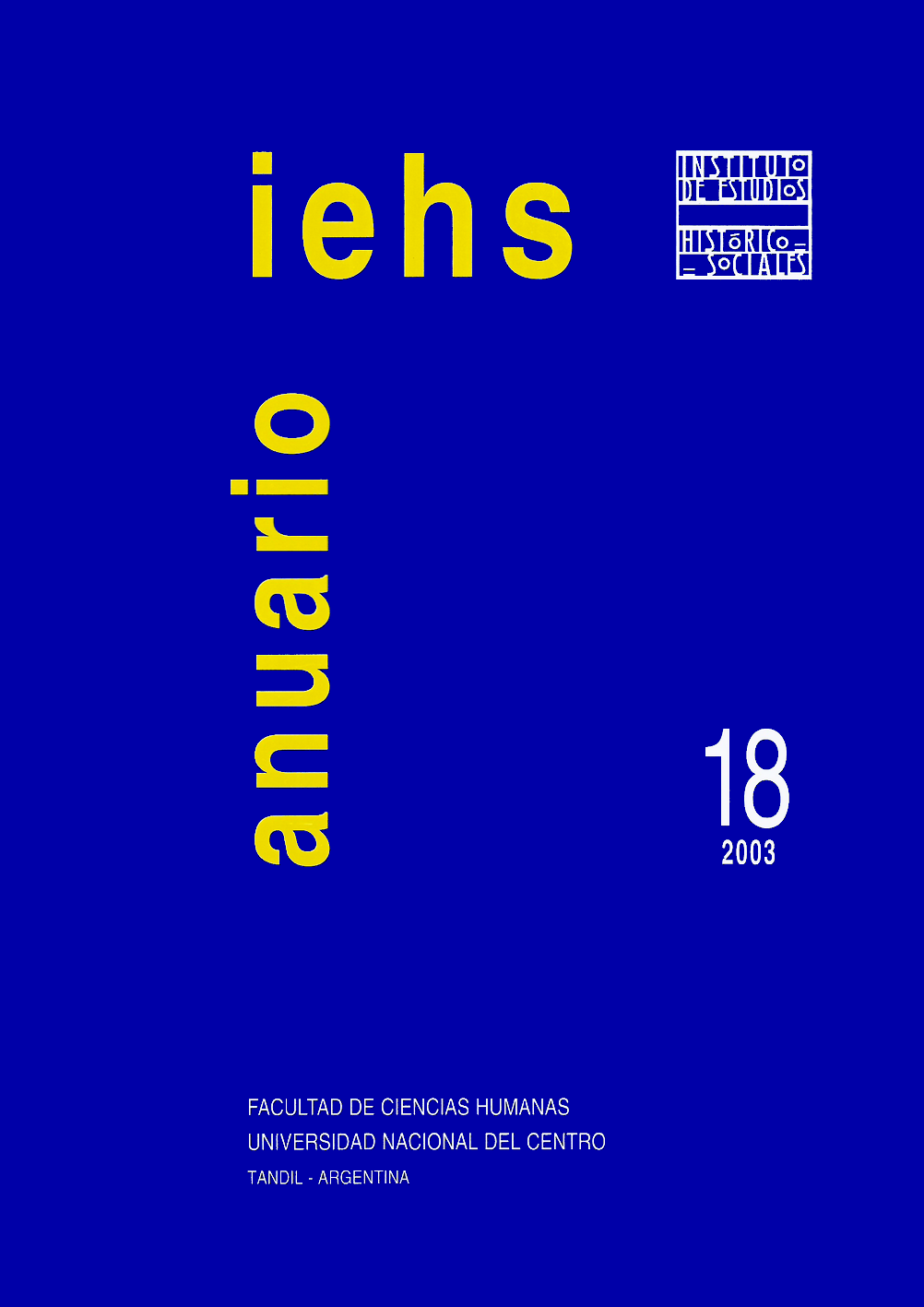Crecimiento y atraso: la vía mexicana hacia el capitalismo agrario (1856-1920)
Keywords:
.Abstract
This article explores a thesis regading the inefficiency of large agricultural estates and their fearful absentee landowners, reduced and captive market, antiquated technology, and lack of efficient institutions for setting rural México on the path toward capital development. What we suggest here is that while this caracterization of haciendas was valid in some regions, México experienced an important transition in the last third of the nineteenth century in those regions linked to urban expansion and the railroad system implemented under Porfirio Díaz. ln these regions, agricultural estates were not sites of inefficient exploitation; rather we find productive enterprises with important technological advances and owners actually invested in rational development and mercantile benefits.
References
.
Downloads
Published
Issue
Section
License
Copyright (c) 2024 Anuario IEHS

This work is licensed under a Creative Commons Attribution-NonCommercial 4.0 International License.



